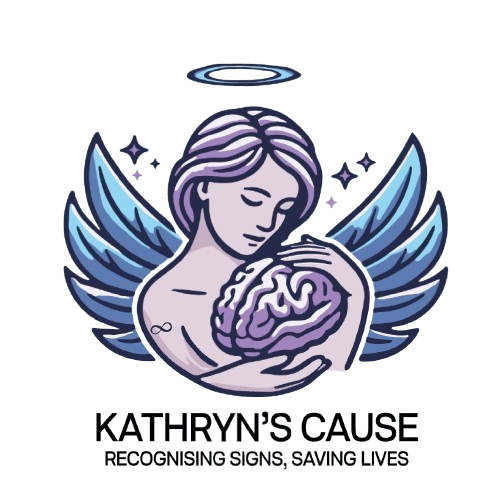Understanding Brain Hemorrhages: What You Need to Know
Brain hemorrhages occur when a blood vessel in the brain bursts, leading to bleeding in or around the brain. This sudden event can have serious, life-altering consequences. Unfortunately, brain hemorrhages are often misunderstood or under-recognized, which is why raising awareness is so important.
What Are the Causes of Brain Hemorrhages?
Brain hemorrhages can happen for various reasons, including:
Head trauma: A severe blow to the head, such as from a fall or accident, can cause a blood vessel in the brain to rupture.
High blood pressure: Chronic high blood pressure can weaken blood vessel walls, increasing the risk of rupture.
Aneurysms: Abnormal bulges in blood vessels can burst, leading to bleeding in the brain.
Blood clotting disorders: Conditions that affect the blood’s ability to clot can increase the likelihood of bleeding in the brain.
Common Symptoms
Recognizing the symptoms of a brain hemorrhage is essential for early intervention. Common signs include:
Sudden and severe headache
Nausea and vomiting
Seizures
Weakness or numbness, especially on one side of the body
Difficulty speaking or understanding speech
Vision changes or loss of vision
Loss of consciousness or confusion
If you or someone you know experiences any of these symptoms, it's critical to seek medical attention immediately.
Treatment and Recovery
The treatment for a brain hemorrhage depends on the location and severity of the bleed. In some cases, surgery may be required to remove the blood and relieve pressure on the brain. Medications to control blood pressure or prevent seizures may also be used.
Recovery from a brain hemorrhage can take time, and many people will require rehabilitation to regain lost functions. This may include physical therapy, speech therapy, and occupational therapy to help rebuild strength and improve cognitive abilities.
Why Awareness is So Important
Brain hemorrhages can strike without warning, and their effects can be devastating. By increasing awareness and understanding, we can encourage early intervention, better outcomes, and ultimately save lives.
Kathryn's Cause aims to raise awareness about brain hemorrhages, support families impacted by them, and advocate for research that could lead to improved prevention and treatment options.
By sharing information and supporting those who are affected, we can make a real difference.
What Can You Do?
Get informed: Learn the signs and symptoms of brain hemorrhages.
Donate: Support organizations dedicated to brain health and awareness.
Share: Spread the word to help increase awareness and encourage others to act quickly if symptoms arise.
Together, we can help save lives and provide support for those facing the devastating effects of brain hemorrhages.
